
Wooden toys: what’s hot in 2023!
Retro wooden toys – the new future?
By Ulrich Texter
Was the future really better in the past? Or are we just going around in circles? In any case, former fashion and interior design trends are making a comeback, in particular the sixties and seventies of the last century. They are particularly hip and only comparable to the twenties in terms of innovation in culture, music, visual arts, social participation and progressive educational reform. Just like tides ebb and flow, it’s no wonder, then, that much of what represented a social awakening back then should be cropping up again in the here and now. And that includes the toy industry. That doesn’t mean simply the toys of that time, many of which are considered classics because generations of parents grew up with them. Rather, the sixties, seventies and earlier periods are providing the matrix for today’s product design.
Examples of the vintage/retro trend can be seen from the Hape Group, with its brands such as Hape, beleduc and Käthe Kruse, and from wooden toy maker goki. Käthe Kruse has always been associated with dolls that follow the principles of Waldorf education. What’s new is that Hape, the wooden toy brand, is now also bringing wooden stacking blocks to the market in the infant toy segment. These encourage free play and follow anthroposophical educational ideals focused on authenticity, the naturalness of the material and, most importantly, the variety of playing possibilities and “organic architecture”. goki is also treading this path with its new “evolution” range. According to the toy maker, the organic shapes of its new toy line, such as the little toadstool house, are intended to give children the freedom to make their own creations.
A comeback for open-ended play
HolzWald GmbH, which celebrated its début at the Spielwarenmesse in 2023, is another exponent of the idea of open-ended play. Based in Hagen and established in 2022, the company distributes high-quality, educational wooden toys made by a small manufacturing business in Georgia. These embody anthroposophy with their rounded edges, clear simple shapes and careful finishing. Rudolf Steiner’s influence can also be observed at Kokito ltd, which has positioned its wooden duck as a “Waldorf duck”. However, the most prominent exponents of open-ended play are Margarete Ostheimer GmbH, which has been endeavouring to support children for over 80 years, and Grimm’s Holz Spiel & Design, which showcased “the whole world of open-ended play in a box” in Nuremberg with the new Small World Play in the Woods playset. The belief of these “traditionalists” in the idea of beautiful, artistically designed toys has surely played no small part in providing impetus in this market in recent years.
Understated performance
A basis in progressive educational reform is not essential to reviving a retro or vintage idea, as demonstrated by the Little Dutch and Kids Concept brands. The Dutch company’s Vintage collection encompasses eleven products that evoke the “good old days”, including a walker wagon, campervan and abacus. Kids Concept, meanwhile, has brought to market a selection of products inspired by Carl and Karin Larssons, known as the creators of the Swedish interior design style. The collection includes pieces of furniture and toys made from natural materials and finished with loving detail. However, what they show above all else is that toys are increasingly becoming a reflection of lifestyle; they are part of representation and have to fit the overall interior look.
Nothing illustrates this trend more than the predominance of pastel tones that give the wooden toys the right look and feel. Almost all wooden toy makers are using subtle shades, from Plan Creations Co., which will bring a “Pastel Collection” to the market this year, to Eichhorn with its baby line or Selecta with its BellyButton and Steiff Collection. The wooden toys don’t “shout”, but are instead deliberately restrained. The company Jabadabado is showing just how far the understated colour trend can go with its new “Stacking rainbow”. Contrary to traditional representations of rainbows with vibrant, eye-catching colours, it has very subtle, earthy tones and thus cuts a fine figure as a decorative accessory in today’s world where so much of our lives takes place within our homes.
Modern interpretations
The trend towards retro is no surprise. It may not be obvious, but trends in toys actually resemble analysis of theoretical physics. Just like there is nothing other than quarks at the quark level, the same basic patterns arise again and again when it comes to toys. The art is making something contemporary from what is there. This is especially so for makers of wooden toys, as the natural material can only be “shaped” and designed to a limited extent.
It therefore makes sense that pull and push along toys are among the most archetypal playthings. The Pull Along Drummer from Plantoys adds a twist to the classic theme. The drummer beats the drum as the child pulls the toy. Is this a form of early musical education or really a way to get parents’ nerves jangling? What’s for sure is that this toy has both pizzazz and humour. Motor activity toys are also now a fixture in children’s bedrooms. EverEarthhas produced a contemporary interpretation with its 7-in-1 Astronaut Activity Cube, which serves as a shape sorter as well as a space station with planets, vehicles and alien figures. This innovation picked up the Toy Award in the Baby & Infant category.
FLEXA, which has made a name for itself with children’s furniture and related accessories, has given us another example of an interpretation of a basic toy pattern. In 2022, the Danish company launched a wooden toy collection comprising more than 50 products under the FLEXA Play brand name with the aim of “encouraging children to play while supporting their development needs”. For example, it offers building blocks with an understated “Scandi” look. Manufacturer dynamiko also promises traditional but still “snazzy” wooden toys. Established in 2017, the start-up’s motto could well be: good things still exist. Each item is a one-off, because these Bavarians craft their products by hand. Doesn’t that also seem somewhat retro?
Interested in hearing more about wooden toys ?
Further information on the participating manufacturers in the Wooden Toys, Toys made from Natural Materials Products product group is available on Spielwarenmesse Digital. Learn more about the innovations.
About the author
Ulrich Texter made writing his profession after studying psychology and philosophy at the FU Berlin. He has a preference for literature, jazz music and design. For more than 20 years, he has accompanied the toy industry as editor-in-chief of the trade magazine planet toys. You can sense his penchant for design when he looks at small gems of the toy industry. True to the motto "We can also do things differently", he creates small cultural oases in Bad Iburg as an honorary cultural impresario with the Ostenfelder Leseherbst and the children's literature prize "Schlossgeschichten".


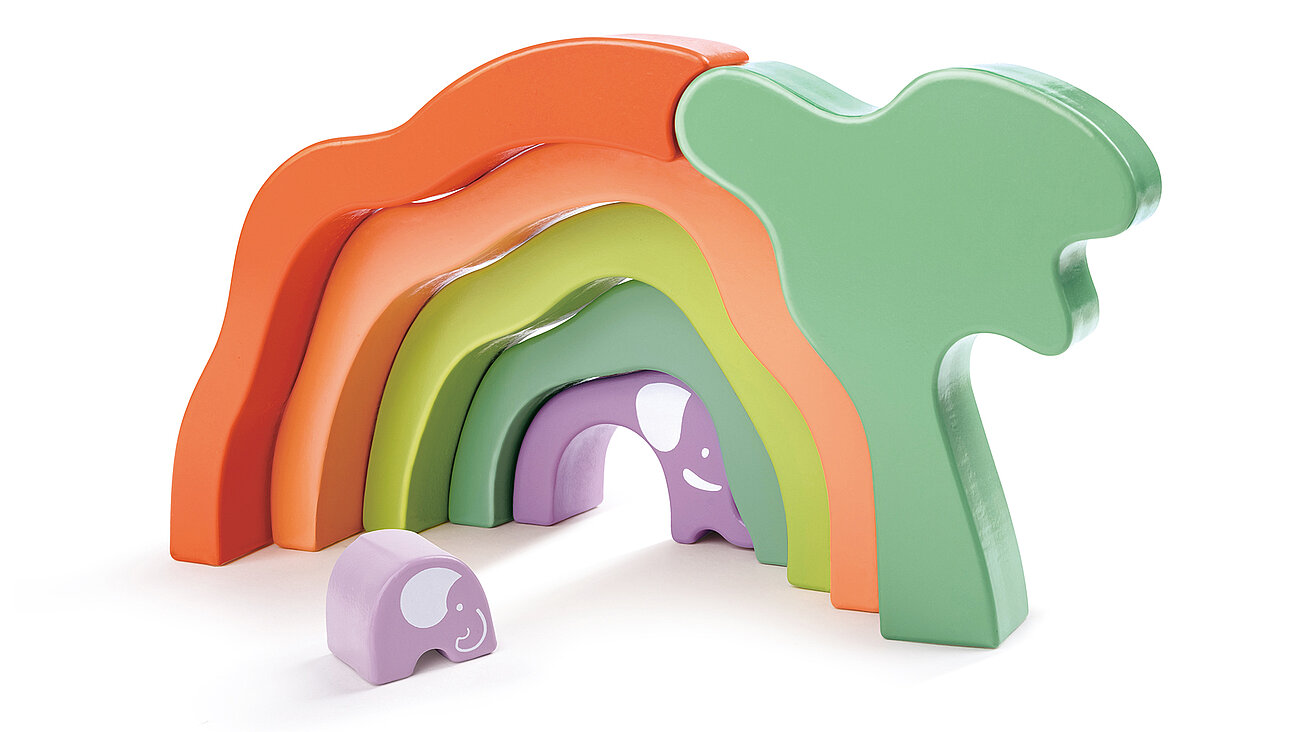
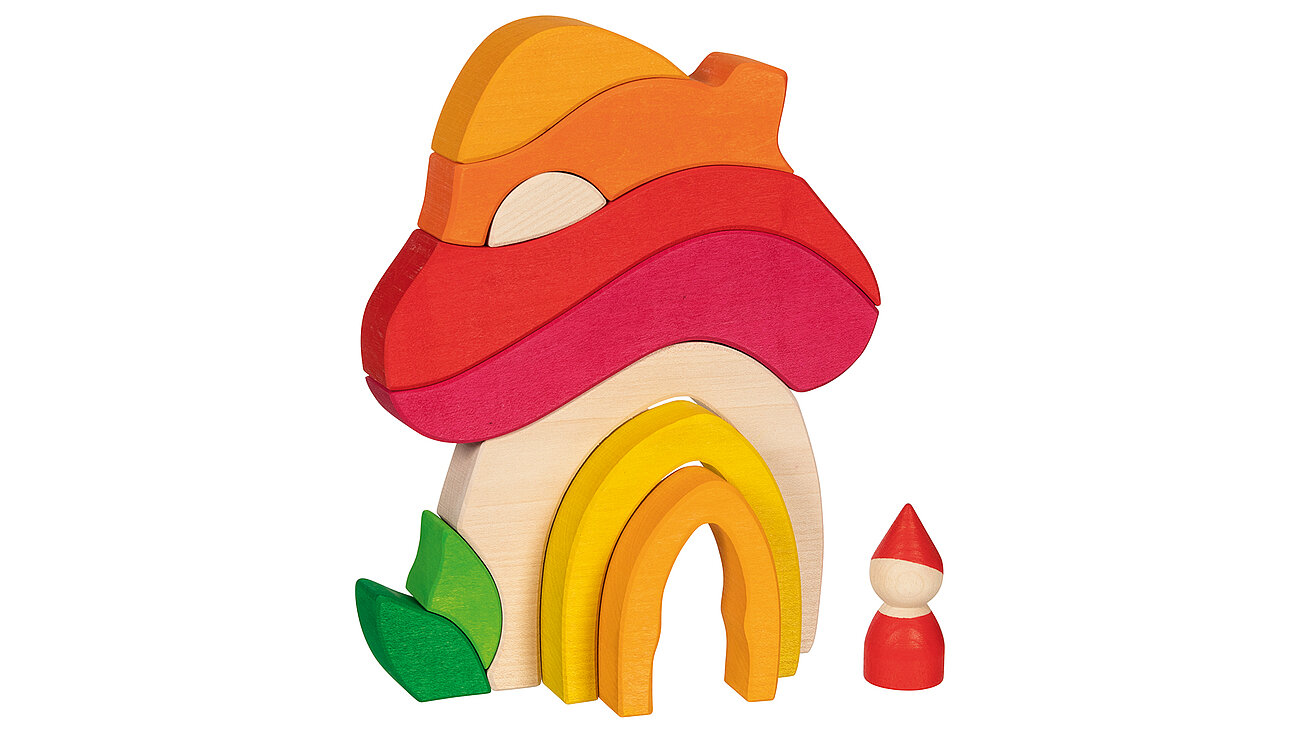
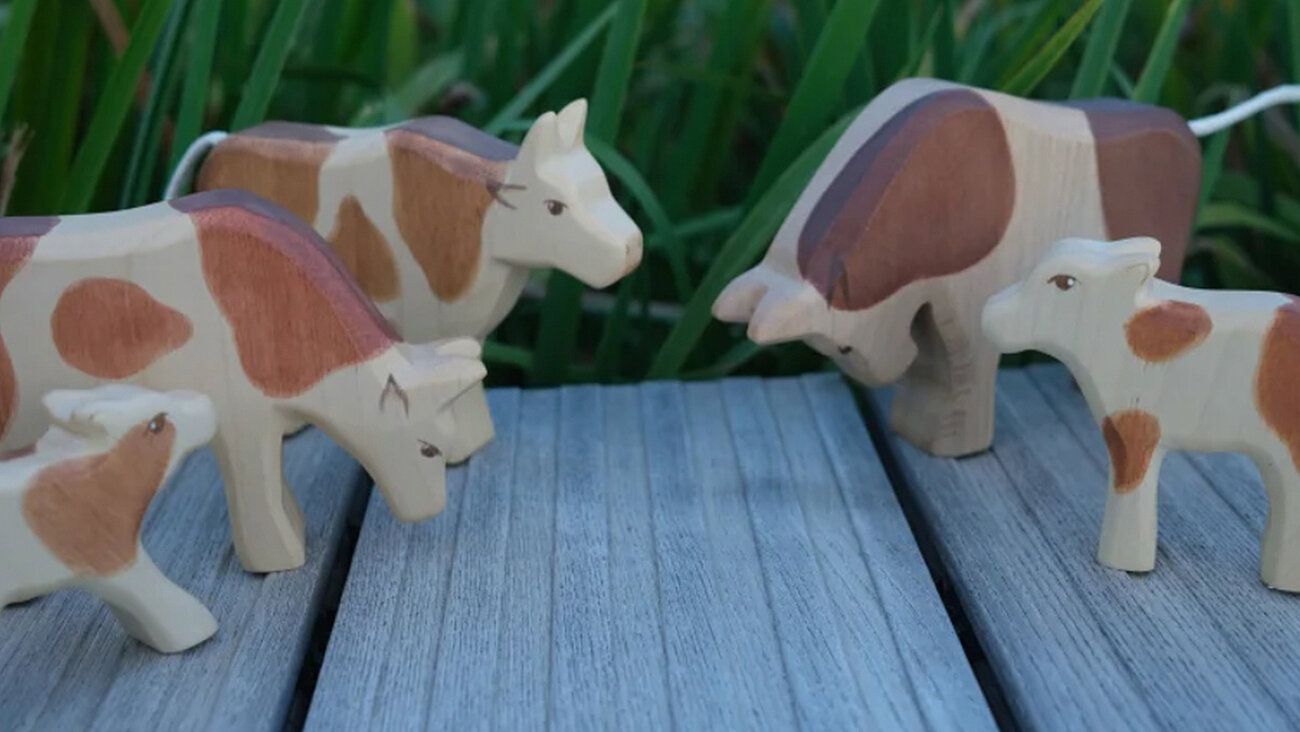
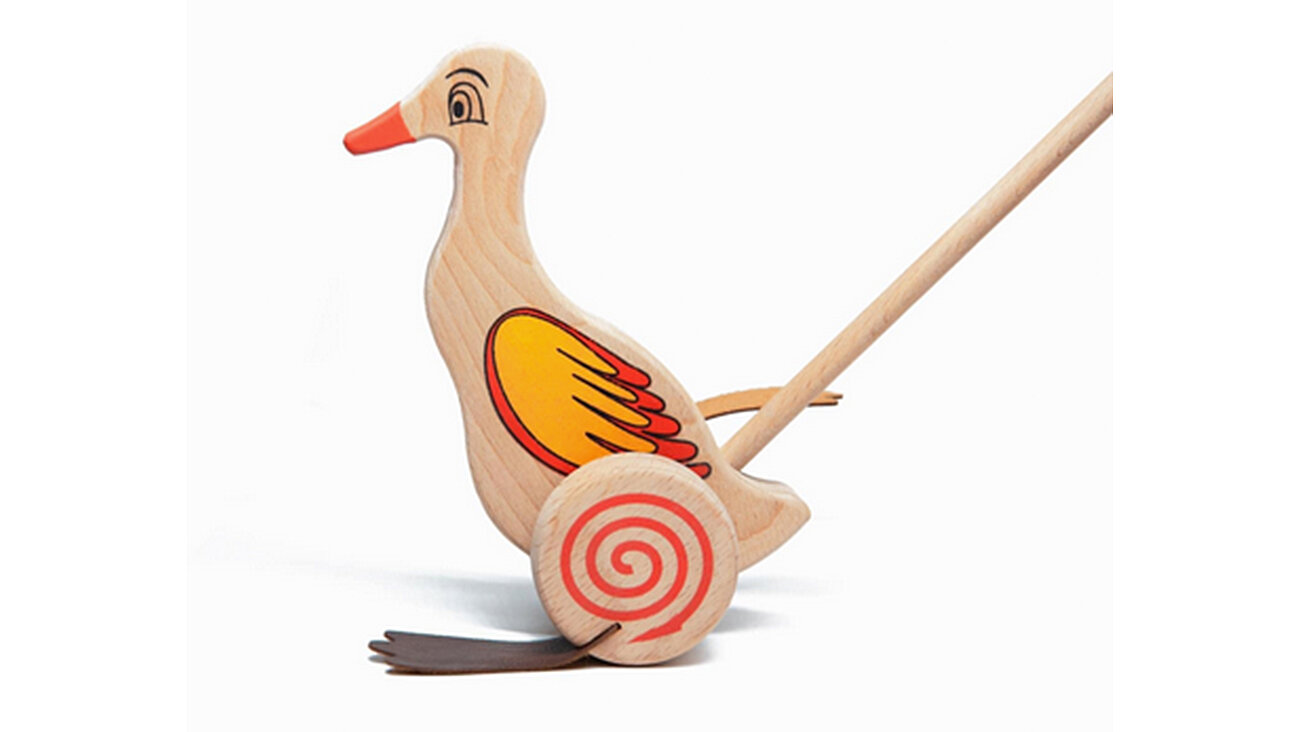
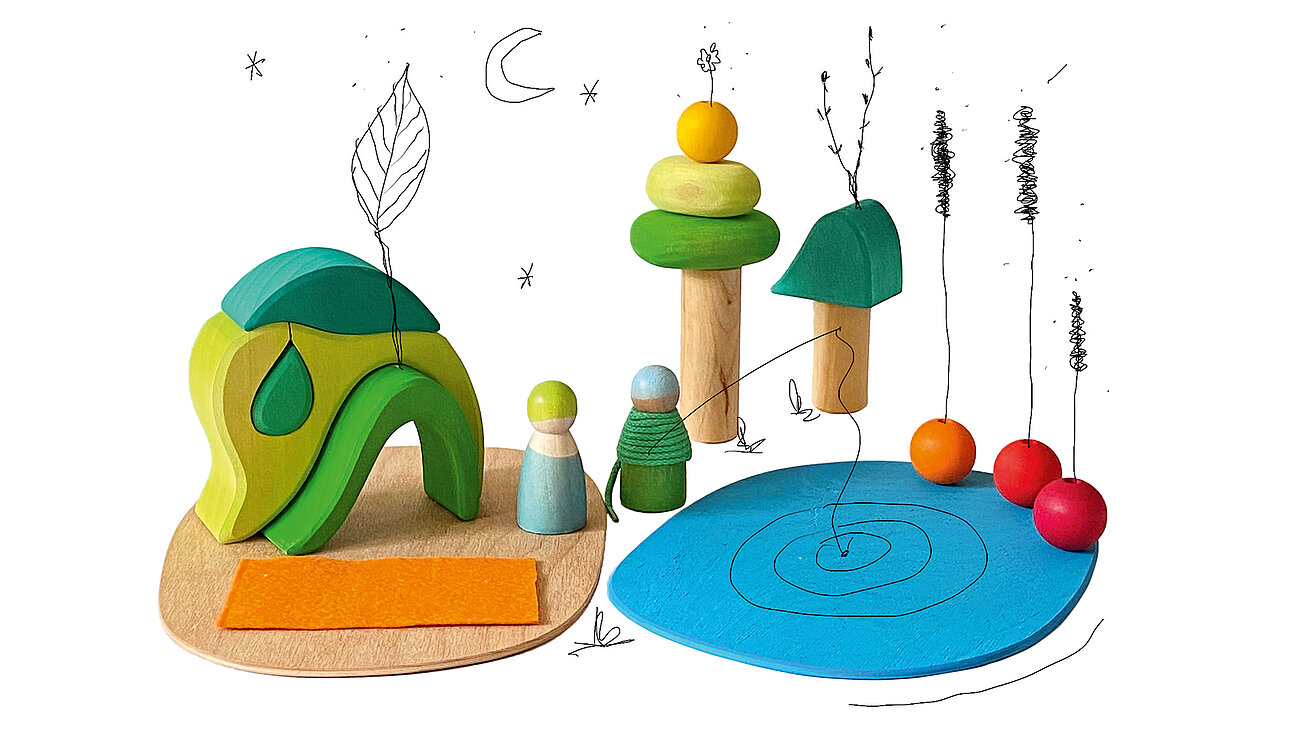
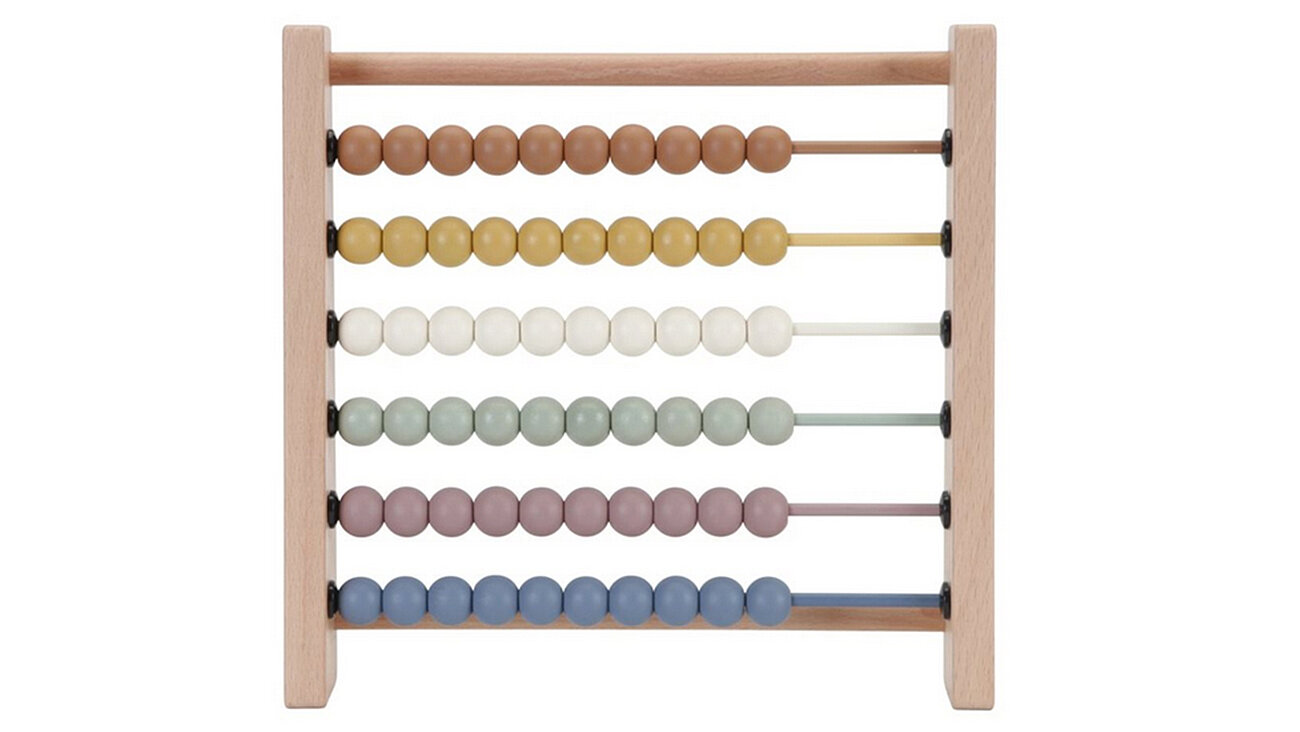
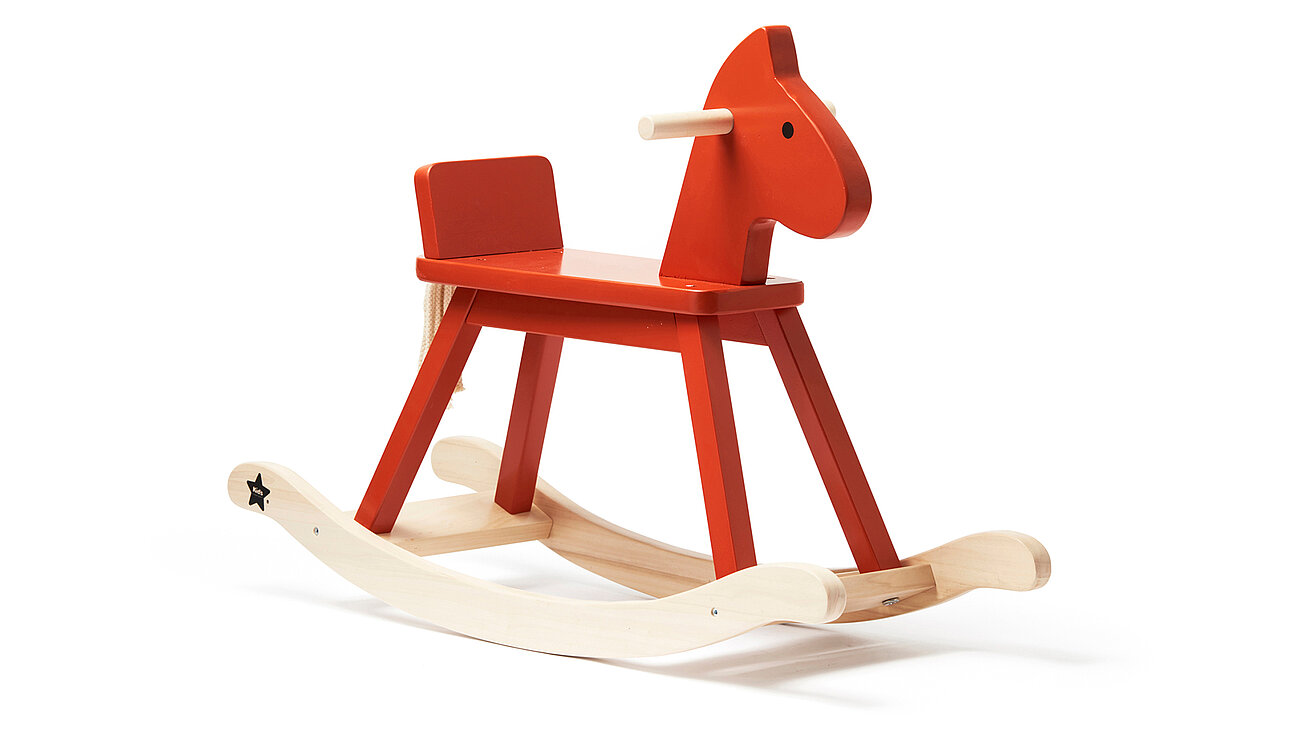
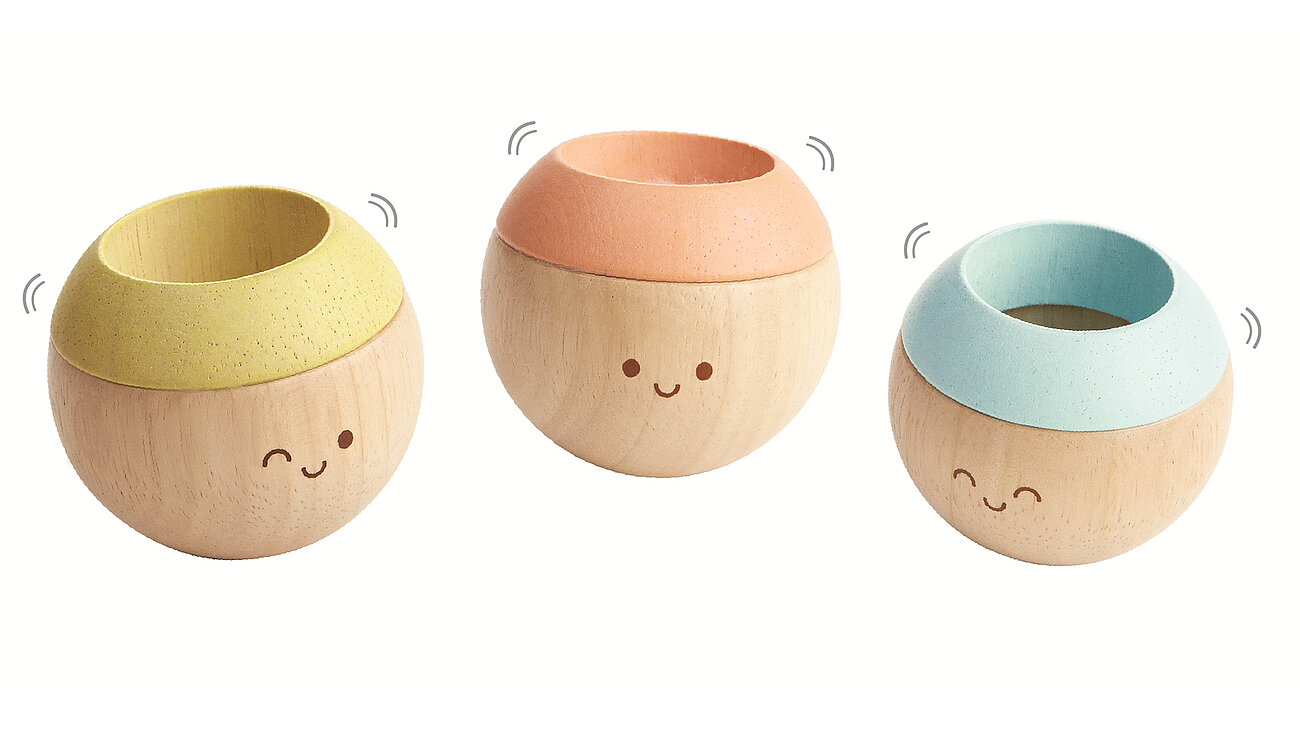
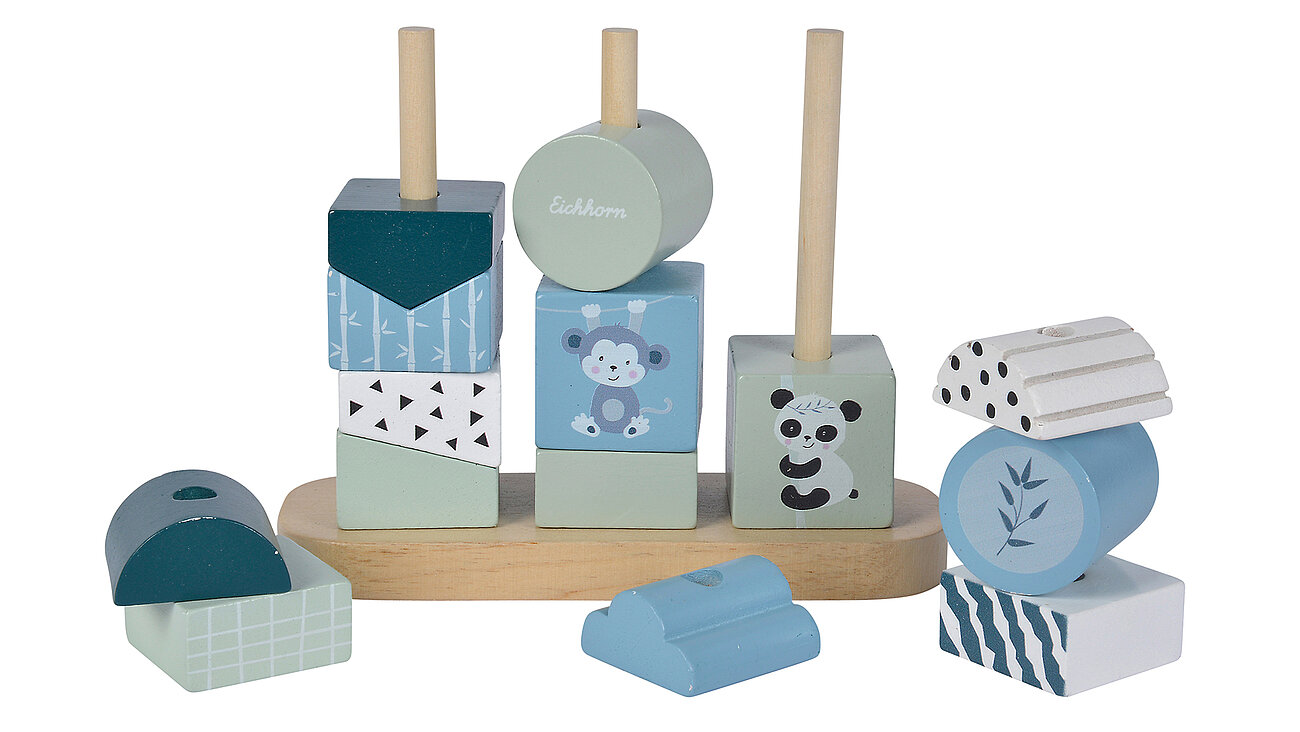
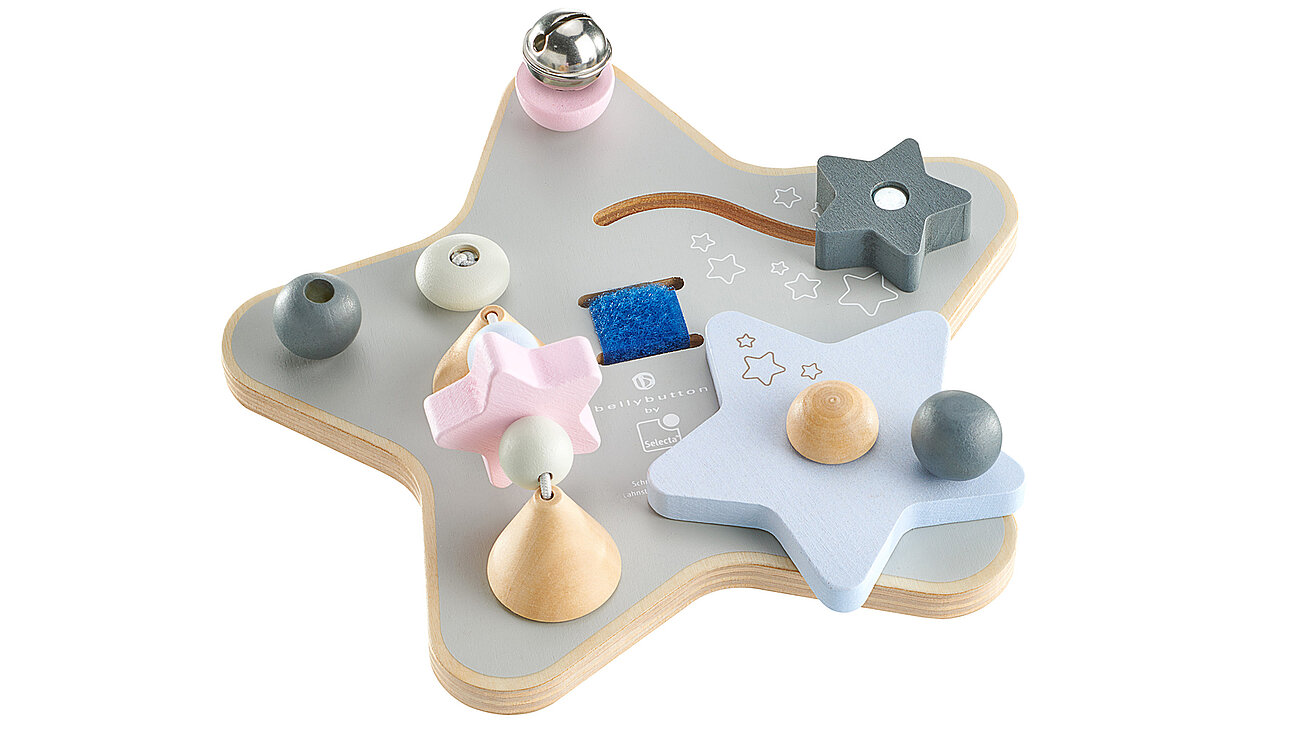
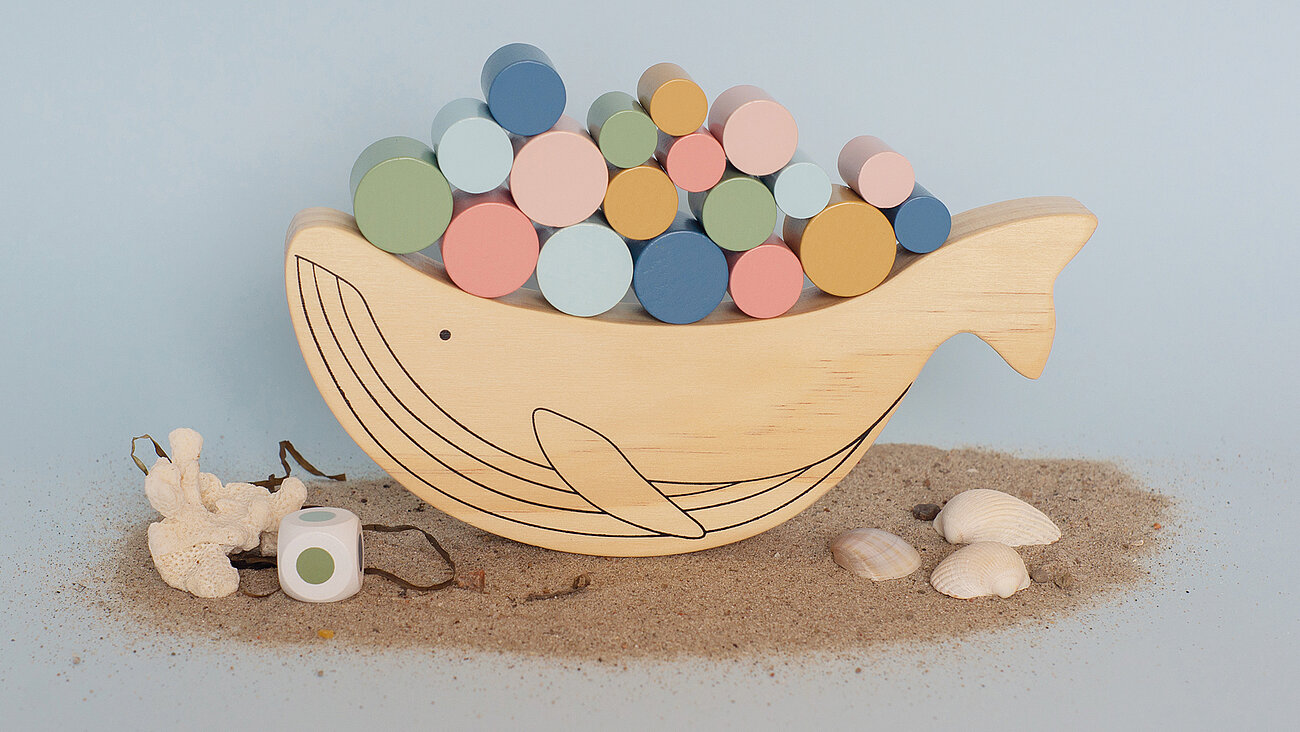
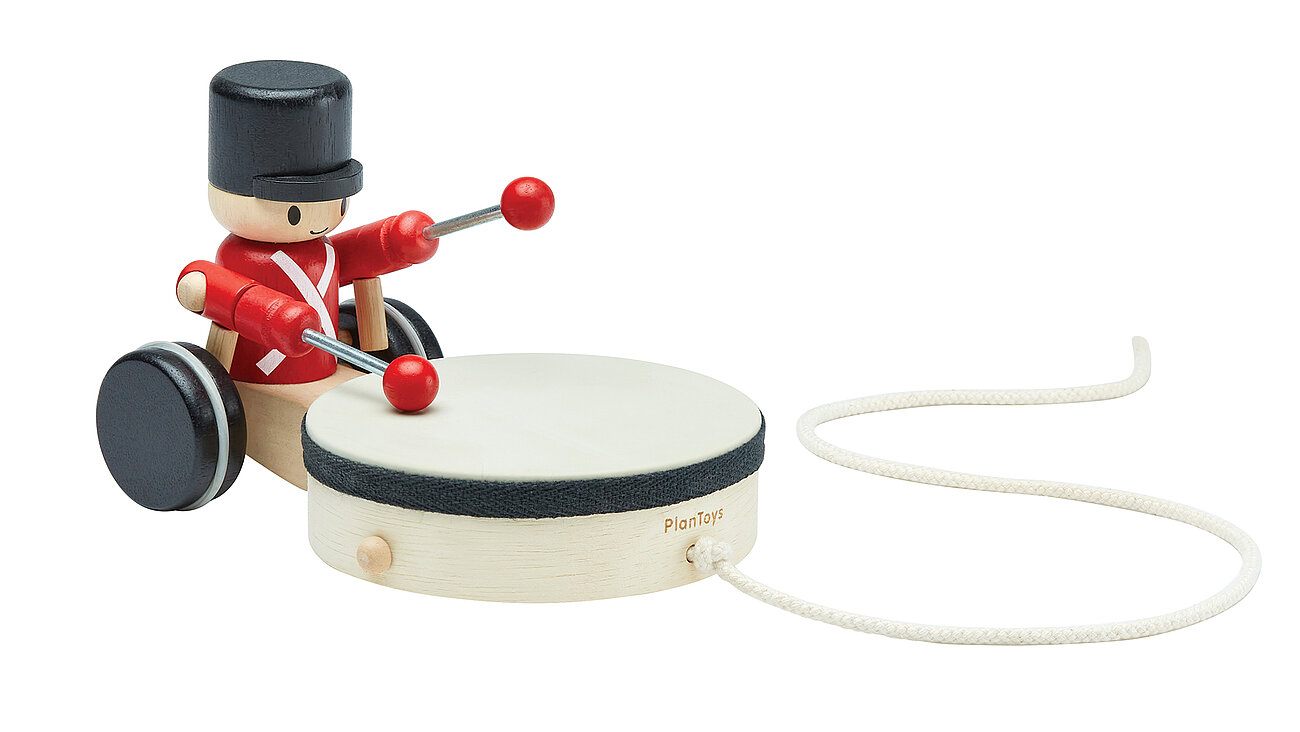
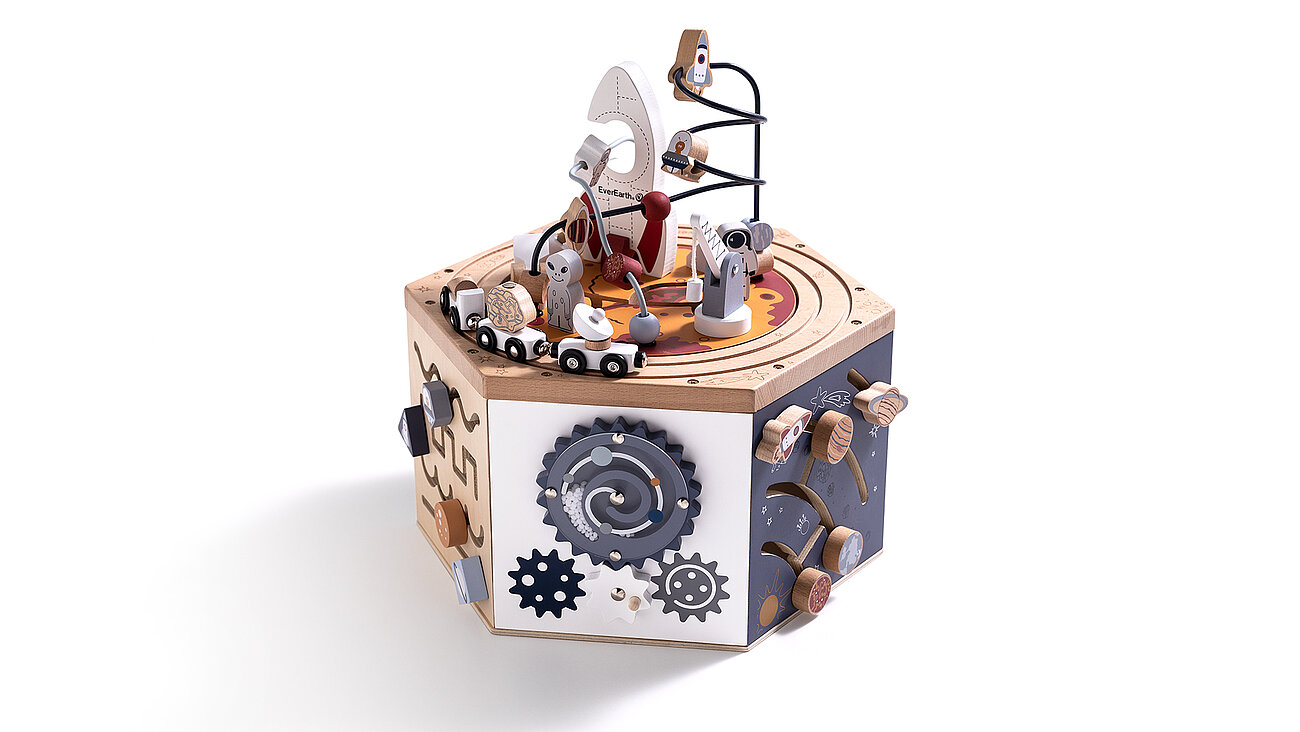
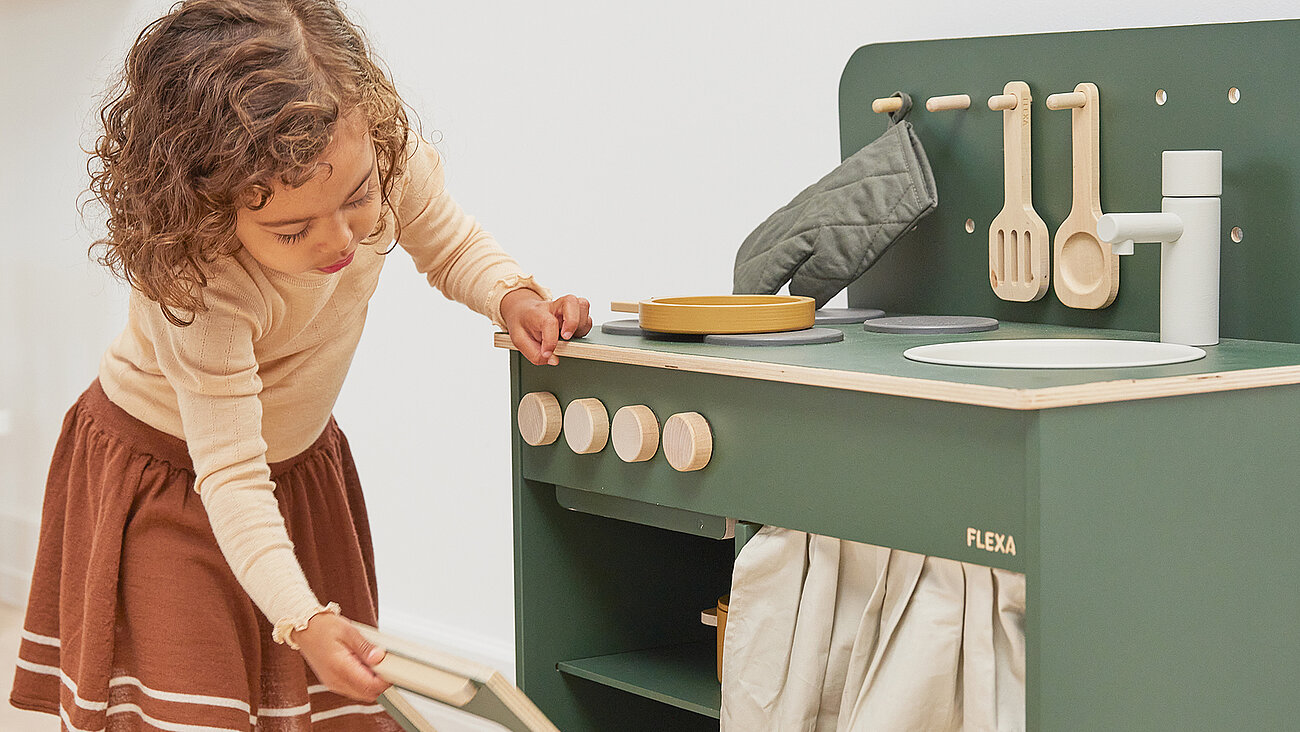
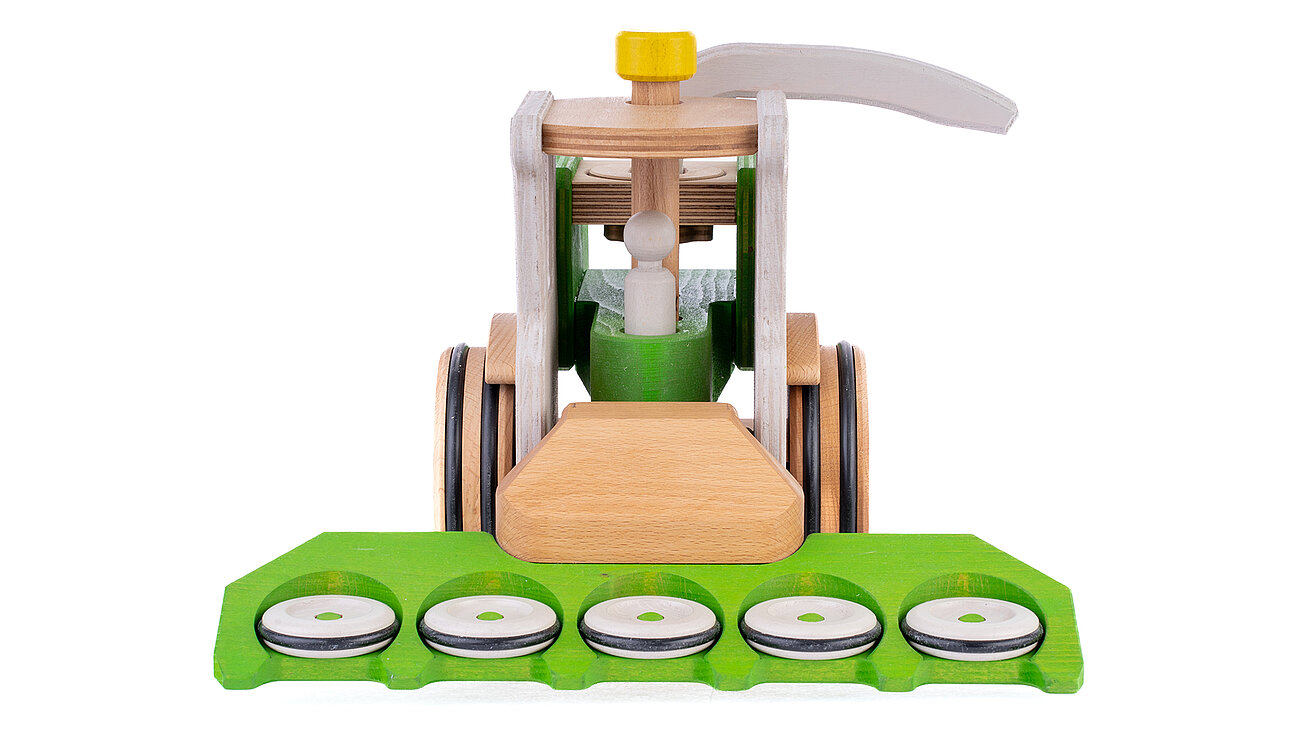


![[Translate to Englisch:] Tunnelbohrmaschine in 1:87 von Faller auf der Spielwarenmesse. (Foto: Pernsteiner)](/fileadmin/_processed_/6/c/csm_20230329_Teaser_35537af20a.jpg)